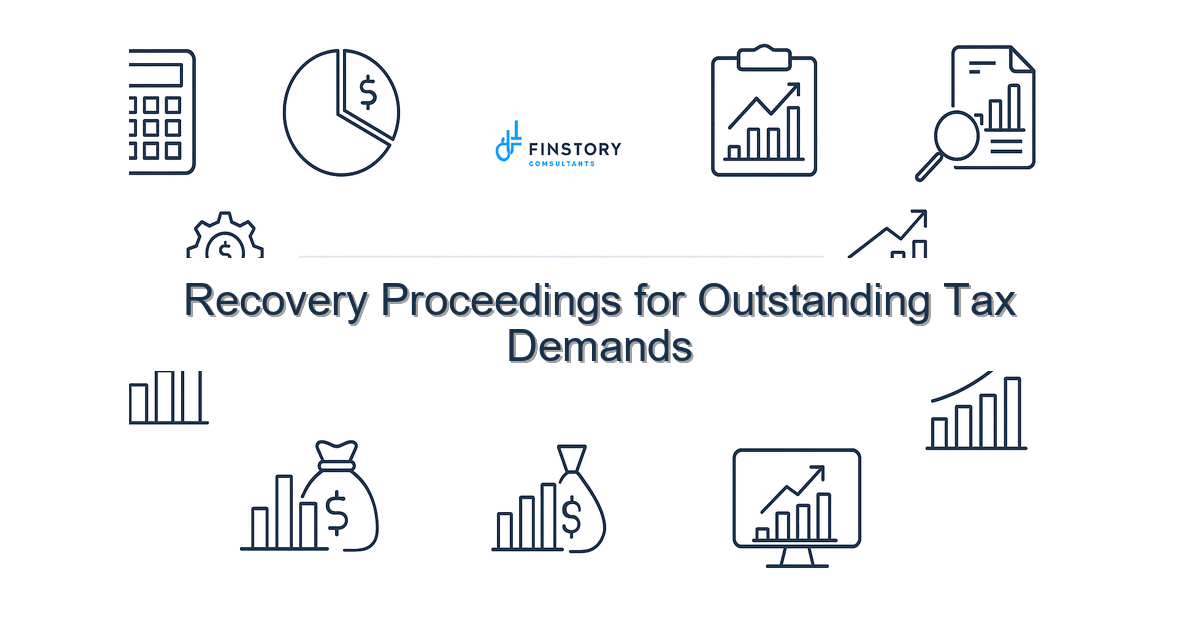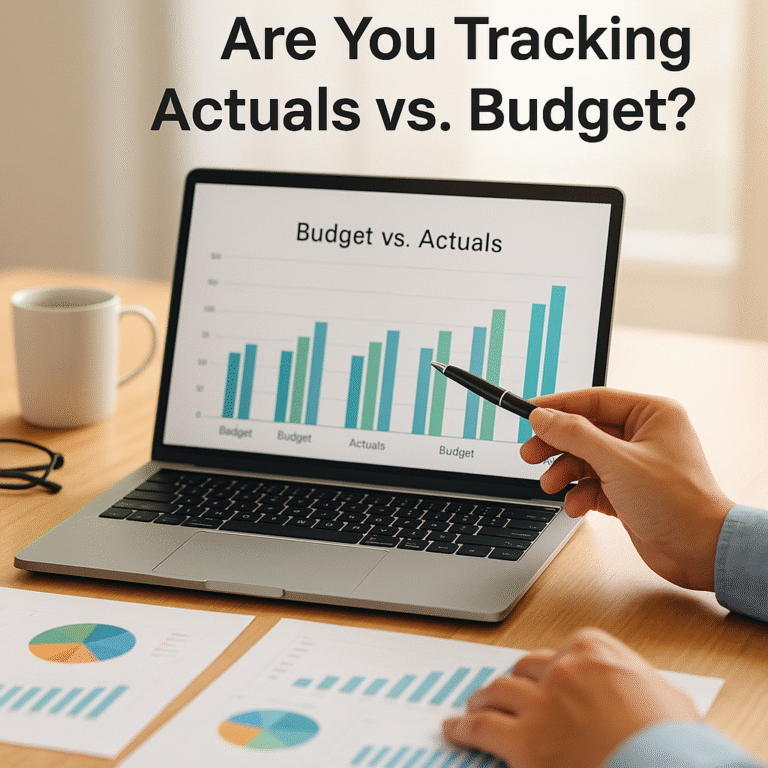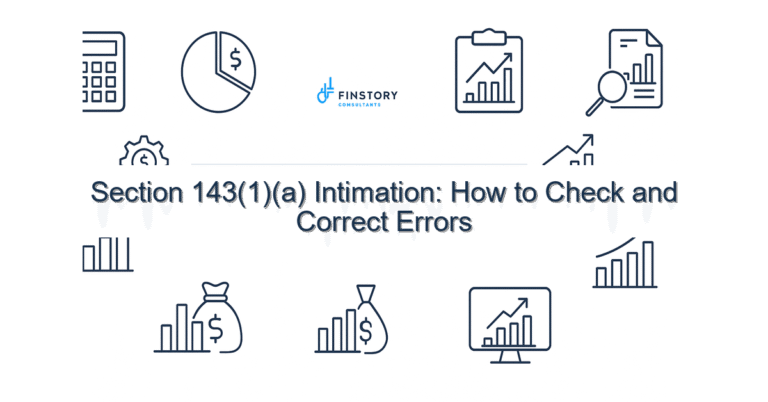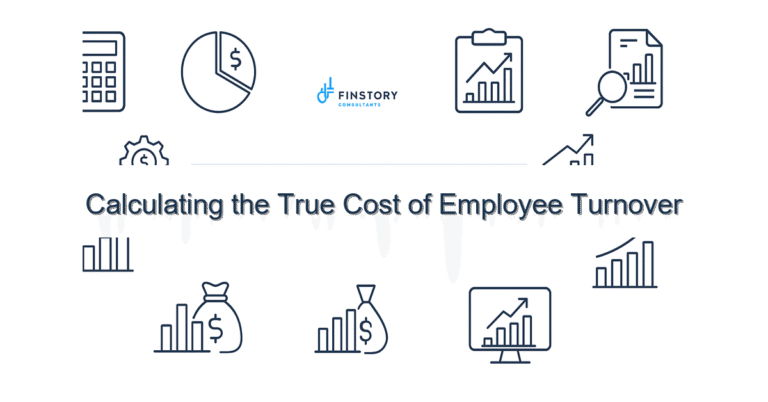Recovery Proceedings for Outstanding Tax Demands
Getting a recovery notice from the tax department is stressful — it can mean frozen bank accounts, stopped refunds, or even attachment of assets. Many salaried professionals, founders and MSMEs feel blindsided because the notices use unfamiliar terms and strict deadlines.
Summary: If you have an outstanding income tax demand, quick, organised action can stop recovery steps, reduce interest and penalties, and preserve cashflow. Use a clear checklist: verify the demand, collect supporting records (AIS/26AS, TDS/TCS entries), file objections or revised returns where needed, and negotiate payment or stay with the tax office or via appeal.
What’s the real problem in India?
Recovery proceedings begin when an assessed tax demand is unpaid. For many taxpayers the issue is not intentional evasion but mismatches: TDS/TCS credits not reflected in the return, delayed ITR filing, or unaddressed demands from earlier assessment years (AY) and previous year (PY) confusion.
CBDT timelines for notices, and the different forms used to communicate demand (notice of demand, intimation, or show-cause), can be confusing. Missing an ITR filing last date or ignoring an intimation can escalate a minor mismatch into a formal recovery action.
- Symptom: You receive a demand notice but your Form 26AS/AIS shows full TDS credit.
- Symptom: Your bank finds an attachment notice when trying to disburse salary or refunds.
- Symptom: You planned to claim deductions (Section 80C limit items) but supporting proofs are missing at the time of assessment.
What people get wrong
Common pitfalls make recovery worse:
- Assuming a notice is harmless; small demands can lead to attachment if ignored.
- Not checking AIS/26AS immediately — many demands are due to TDS/TCS mismatches or reporting errors by third parties.
- Paying blindly without documenting objections. Once paid, recovery stops but contesting becomes harder unless you follow refund/appeal paths.
- Missing the chance for stay or instalment due to rushed responses — taxpayers often miss 30-day windows to respond or request time.
A better approach
Think of recovery as a process you can manage rather than an unbeatable threat. Follow a simple 4-step framework to regain control.
- Verify the demand: Match the notice to your AIS/26AS, TDS/TCS slips, and ITR for the relevant AY/PY. Check whether the demand is for tax, interest, or penalty.
- Document and respond: Collect proof — bank statements, TDS certificates, invoices for capital gains indexation claims — and file an online response or objection within the stated period.
- Negotiate or appeal: If demand is valid but unaffordable, apply for instalments or a stay. If incorrect, file an appeal to CIT(A) or follow other dispute resolution options.
- Regularise and prevent: Rectify filings (revised returns where permitted), maintain TDS reconciliation, and set reminders for ITR filing last date and advance tax payments.
Real-world example: A Delhi-based freelancer received a demand of INR 1.2 lakh due to a missing TDS credit. After checking AIS/26AS they found the payer had reported TDS under a slightly different PAN spelling. Within two weeks, with E-proof and a payer letter, the demand was withdrawn — instead of bank attachment and weeks of cashflow disruption.
Quick implementation checklist
- Immediately pull the notice details: demand amount, AY/PY, demand reference number and due date.
- Check AIS/26AS and Form 26AS for the relevant AY to confirm TDS/TCS credits.
- Match demand to your ITR and bank records; note whether it is tax, interest, or penalty.
- Draft and file an online response or objection via the e-filing portal or send a response per notice instructions — do this within 30 days if possible.
- If TDS is missing, ask the deductor for a corrected TDS certificate and form 26Q/26QB resubmission.
- Request a stay or propose instalments to the jurisdictional AO if you need time to pay.
- If the demand is clearly wrong, prepare grounds and file an appeal with CIT(A) — preserve evidence and dates.
- Reconcile your books: include capital gains indexation calculations, business receipts, and deduction proofs (Section 80C limit records).
- Set reminders for the next ITR filing last date and review the impact of new vs old regime slabs on your tax planning.
- Keep all correspondence and acknowledgements; use them if a recovery officer contacts your bank or employer.
What success looks like
- Reduced outstanding demand through corrections or withdrawal (target: 60–100% where mismatch was clerical).
- Shorter resolution time — from weeks to days when AIS/26AS and proofs are ready.
- Fewer bank attachments and uninterrupted refunds — no frozen salary accounts.
- Lower interest and penalties due to prompt objections or negotiated instalments.
- Improved compliance: on-time ITR filing, correct TDS/TCS reporting, and accurate capital gains indexation claims.
Risks & how to manage them
Risks include late responses, incomplete evidence, or aggressive recovery action by officers. Manage these by:
- Acting fast — many recovery steps can be avoided by a timely online objection.
- Using professional help to draft responses and file appeals correctly.
- Negotiating instalments if paying in full would harm operations or personal finances.
- Maintaining a compliance folder with TDS certificates, investment proofs (Section 80C limit items), and capital gains calculations.
Tools & data
Make the following tools part of your process:
- AIS/26AS and Form 26AS — primary source to verify TDS/TCS credits.
- Income tax e-filing portal — for responses, filing appeals and checking notices.
- TDS/TCS tracking tools or accounting software — reconcile deductor entries monthly.
- Bank statements and GST returns (if MSME) — to prove payments or receipts quickly.
FAQs
Q: How do I check if demand is valid?
A: Compare the notice with AIS/26AS, your ITR for the AY/PY concerned, and bank/TDS records. If TDS/TCS is missing or misreported, gather proof and respond online.
Q: Can the department attach my bank account immediately?
A: The department has powers to attach bank accounts and movable assets once recovery action is initiated. Promptly filing an objection or requesting instalments can often prevent or reverse attachment.
Q: What if I missed the ITR filing last date and now face demand?
A: Late filing can invite interest and penalties. You can still file a belated return and respond to notices; professional help can minimise the extra tax and interest by mapping the demand precisely.
Q: Does interest apply during an appeal?
A: Interest on unpaid tax generally continues to accrue unless a stay is granted. Seek a stay or instalment plan early to control additional interest.
Next steps
If you’ve received a notice, don’t wait. Pull your AIS/26AS, collect TDS/TCS certificates, and get professional help to prepare a precise response. We can help you reconcile, draft objections, request stays or negotiate instalments with the tax office.
Browse our resources: [link:ITR guide] and [link:tax-saving tips] to prevent future demands and learn how new vs old regime slabs affect your planning.
Work with Finstory. Speak with an Expert for a personalised plan to reduce your tax outgo and stay compliant. Book a free 20-min consultation.
📞 Need help with Income Tax in India?
Book a 20-min consultation with our tax team. Individuals, founders & MSMEs welcome.
Prefer email or phone? Write to info@finstory.net
or call +91 44-45811170.






